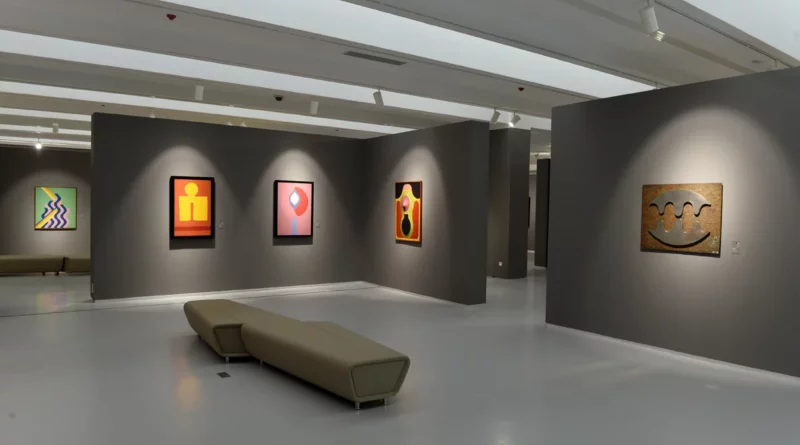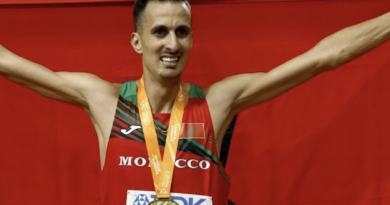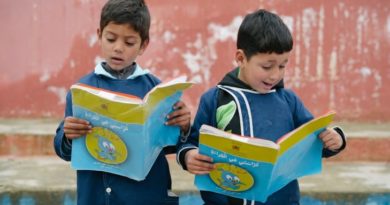Morocco Celebrates Historic Exhibition of Cuban Art
When Moroccan dignitaries visited Havana in 2017, Cuban-American gallery owner Alberto Magnan showcased the vibrant tapestry of Cuban art and culture, sparking profound connections between the creative narratives of Cuban artists and those across Africa. Now Morocco Celebrates Historic Exhibition of Cuban Art as Mohammed VI Museum of Modern and Contemporary Art in Morocco proudly hosts one of Africa’s foremost exhibitions of Cuban art. This signals a pivotal moment in cross-continental artistic dialogue and cultural appreciation.
The exhibition, curated under the helm of museum director Abdelaziz El Idrissi, represents a concerted effort to diversify artistic narratives beyond the predominant European focus in the nation’s educational curriculum and former French colonies.
On display are 44 masterpieces by the celebrated Afro-Cuban painter Wifredo Lam, offering a comprehensive insight into his artistic legacy ahead of a retrospective planned at New York City’s Museum of Modern Art in 2025.
Additionally, the showcase introduces audiences to the groundbreaking work of Jose Angel Toirac, marking the first-ever display of his paintings outside of Cuba. Previously, his poignant portrayals of Cuba’s late anti-capitalist leader Fidel Castro within the context of American consumer culture were confined to the island.
Entitled “Cuban Art: On the Other Side of the Atlantic,” the exhibition delves into prevalent themes in Cuban artistry, from reflections on isolation and economic embargoes to explorations of heritage and identity.
With almost half of its populace identifying as mixed race and over a million Afro-Cubans, Cuba’s rich diversity serves as a recurring motif in its artistic expressions, epitomized in Lam’s evocative depictions of African-inspired masks and vibrant color palettes.
The resurgence of interest in Cuban art, catalyzed by the restoration of diplomatic ties between the United States and Cuba in 2014, has drawn international acclaim.
With shifts in U.S. policy, Morocco has embraced cultural investment as a means of fostering global dialogue and enhancing its soft power in North Africa and beyond. Morocco has long been known as a hub for renowned artists inside the country and beyond, like famous artists, designers and writers.
The current exhibition not only celebrates artistic exchange but also serves as a reflection of shared historical contexts, as both Morocco and Cuba navigated political transitions in the 20th century.
However, notably absent from the exhibition is any exploration of Moroccan-Cuban diplomatic relations, as the focus remains on the cultural dialogue and artistic synergy between the two nations, showcasing the universal language of art to transcend political divides.



